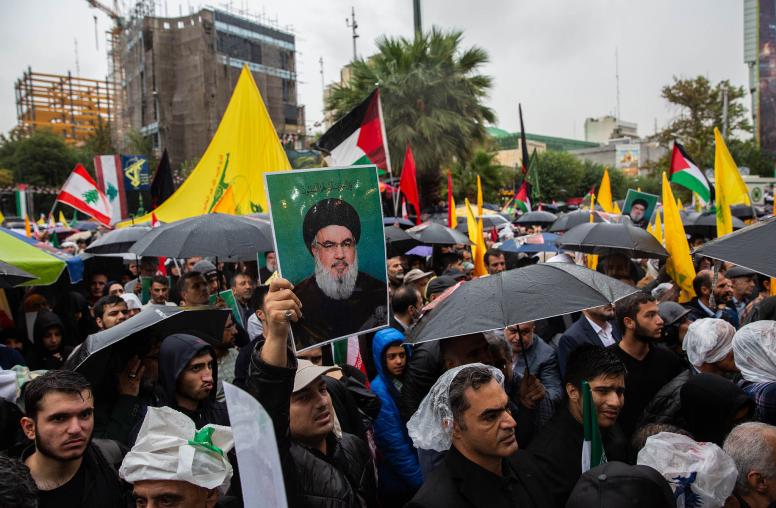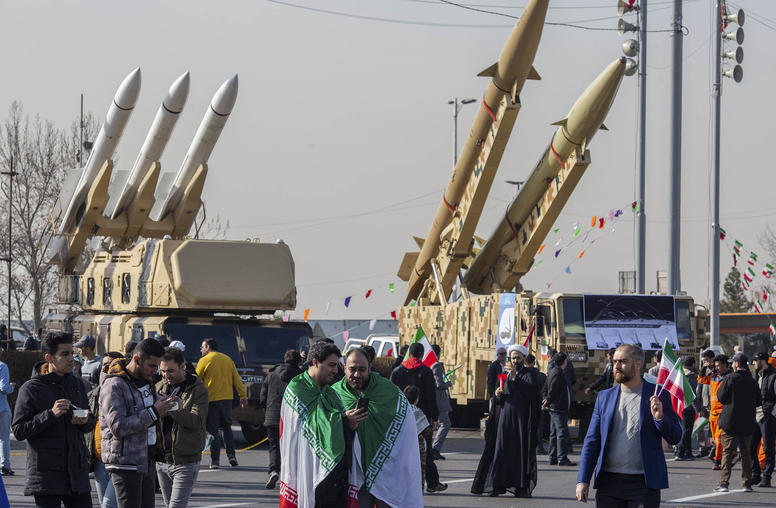Q&A: Can Lebanon’s New President Defuse Major Crises?
On the Issues with Elie Abouaoun
The Lebanese Parliament’s selection this week of General Michel Aoun as president ends 2 ½ years of a leadership vacuum that mired decision-making on fundamental economic, social and political crises facing Lebanon. The Parliament had been unable to elect a new president since May 2014, even as it faced emergencies such as the influx of more than 1 million refugees from the war in neighboring Syria. USIP Middle East and North Africa Director Elie Abouaoun examines the potential effect of the appointment of Aoun, a former interim prime minister and Army chief of staff.
How did this decision to appoint Aoun as president come about?
The election occurred because of a convergence of interests among major Lebanese political leaders and parties, namely Aoun as head of the largely Christian Free Patriotic Movement; former Premier Saad Hariri, the son of assassinated Lebanese leader Rafik Hariri and head of the mainly Sunni Future Movement; the Iranian-backed Shia party and militia Hezbollah; and the Lebanese Forces, a formerly Christian militia that became a political party. For different reasons, each of these decided that having Aoun elected would be rewarding.
For General Aoun, this election is an honorable cap to his political career after years of exile and exclusion and a platform for his party to wield more authority within Lebanon’s power structures. The appointment was made possible via a deal in which Aoun, as president, nominates Hariri for a return to the premiership. For Hariri, it is a good opportunity to boost his fading political leadership among his Sunni constituents as prime minister. For Hezbollah, it is a gain both symbolically—Aoun has been Hezbollah’s official candidate since 2014, as well as politically, since Aoun and Hezbollah have been unlikely allies since 2006. For the Lebanese Forces, it was a bitter choice they had to embrace after Hariri shunned their preferences by supporting a foe, Sulaiman Frangieh, to become president in 2015.
What will change in Lebanon after this election?
The Lebanese decision-making process is complex and regulated by a check-and-balance system. Therefore, it is hard for any elected or appointed official to implement an agenda that does not enjoy a broad political consensus. The major challenge in Lebanon is that the political and personal interests of the major actors tend to get in the way of common-sense reforms. From this perspective, it will be hard to imagine how the newly elected president will be able to navigate through this complex landscape with an agenda promoting genuine reform.
This is especially true because people familiar with the agreement that enabled the appointment tell me that it only addresses the presidency and the premiership and doesn’t go into political, social or economic issues. The first test will be the formation of a new government—Hariri being named prime minister and then selecting a Cabinet. Once this is done, various ideas and projects for reform will be put on the table, but the final endorsement of any of those proposals will be subject to consensus among the major political players. Accordingly, there are very high expectations from the new president and prime minister and a high likelihood of public frustration again in the end. So nothing major is likely to change in Lebanon.
So why does this development matter?
There are multiple but incremental measures that could help improve conditions in Lebanon over the longer term. One of them is an honest discussion among the Lebanese political actors about the best form of governance based on today’s realities. The country is still administered through a largely centralized system inherited from French colonial rule from the 1920s through the mid-1940s. Today’s demographic, economic, social and political realities in Lebanon and the region make this system obsolete.
What’s the alternative to this centralized system?
Lebanon needs to move to a politically and administratively decentralized system that allows local constituencies to choose their governors and hold them accountable. Such a system also would address a lot of the concerns resulting from citizens’ historical and chronic “fear of the other” in a diverse but divided society: Sunnis are afraid of what they see as the excessive power of the Shias, especially in the form of Hezbollah; Shias always look at the broader environment in the region, where Sunnis are the majority, and fear that a weaker Iran will allow Sunnis to oppress them again; and both Christians and Druze behave politically as minority groups, always reverting to a defensive posture.
In a sense, every constituency in Lebanon considers itself a minority in some way or other and nurtures fears and concerns accordingly. A decentralized political and administrative system would help tremendously.
Is there any support for something like that?
There are some political parties that have backed such a direction publicly, and others are discussing the idea internally. But it’s hard to know whether this concept could gain momentum because some of the strongest players might understandably resist any dilution of their powers.



